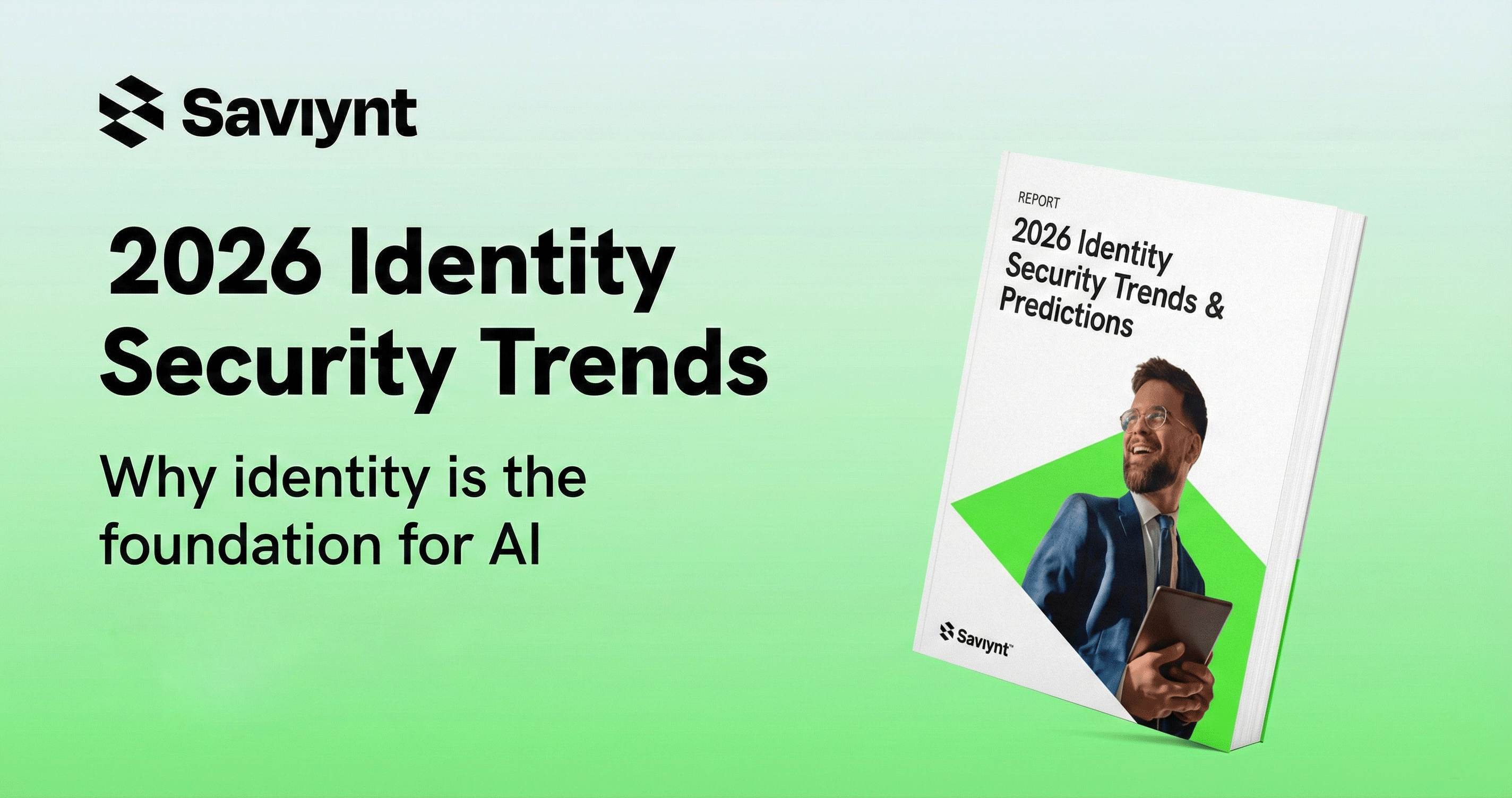Expanded risk surfaces, including clouds, DevOps, and SaaS, make managing privileged access more challenging than ever. At the same time, the volume and types of identities have exploded with remote work, third-party workers, IoT devices, application IDs, and more.
Today, organizations are assessing privileged access management (PAM) in a new light. Instead of simply locking and rotating credentials in a password vault, IT leaders are looking for ways to reduce risk by reducing privileged accounts. Privilege abuse or misuse is a factor in nearly every cyber breach. In story after story, malicious actors show that they can bypass an organization’s security perimeter with something as low-tech as a phishing email.
Once inside a network, attackers can lurk undetected, looking for elevated privileges to open up more attack vectors. Depending on their goal, elevated access can help them gain access to sensitive data, deliver malware payloads, or even take full admin or root control over the entire environment.
These realities prove why the old model of privileged credential vaulting and session recording falls short. As long as standing accounts still exist, retain a high level of privilege, and stay centrally stored in a vault, organizations stay unnecessarily exposed.
Here is the rest of my interview with Vibhuti Sinha, Saviynt’s Chief Product Officer.









